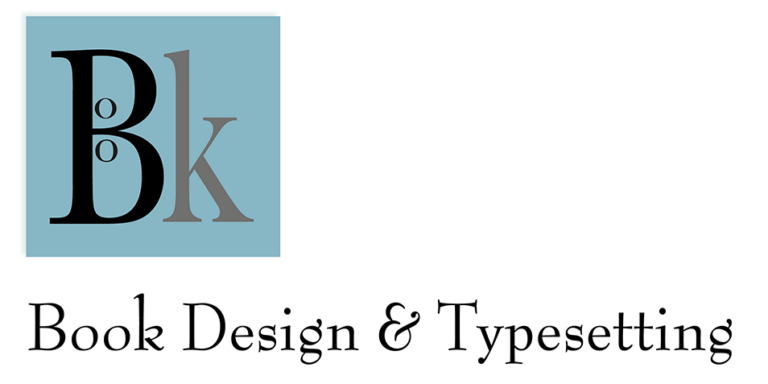The Significance of Well-Designed Books
A few aspects to consider:
Good book design enhances the reading experience and facilitates easy comprehension of information. Properly chosen typography and font size, along with well-organized lines, make the text easier to read.
‘One of the most difficult to read typefaces is Avant-Garde, designed by Herb Lubalin. It is composed of regular geometric shapes, making the shapes of individual letters extremely unusual and unfavourable, resulting in word shapes that appear less familiar. Due to the lack of letter bases and varying stroke thickness, it does not guide and rest the eye, but rather irritates it.’
Péter Virágvölgyi: The Craft of Typography
A well-designed book is clear and easy to navigate, making it simple to find the desired content or information. Good navigation and a table of contents assist the reader in quickly exploring the book’s contents.
‘The primary tools of segmentation are internal headings. Headings break the continuous text into text segments, revealing the structure and internal logic of the book—or, conversely, its complicated, confusing construction.’
János Gyurgyák: Handbook for Authors and Editors

A well-designed book is practical. When choosing the format, various factors are taken into account, such as the genre and length of the text, or who it is written for and where or under what circumstances it will be read. During travel? In a library? Additionally, financial and aesthetic considerations must be kept in mind.
A well-designed book suggests expertise; its design reflects the content and style of the work.
A well-designed book is like a well-crafted menu that whets the appetite at first glance. The refined typography and optimal text layout can bring to mind a meal which has been carefully prepared with love.
